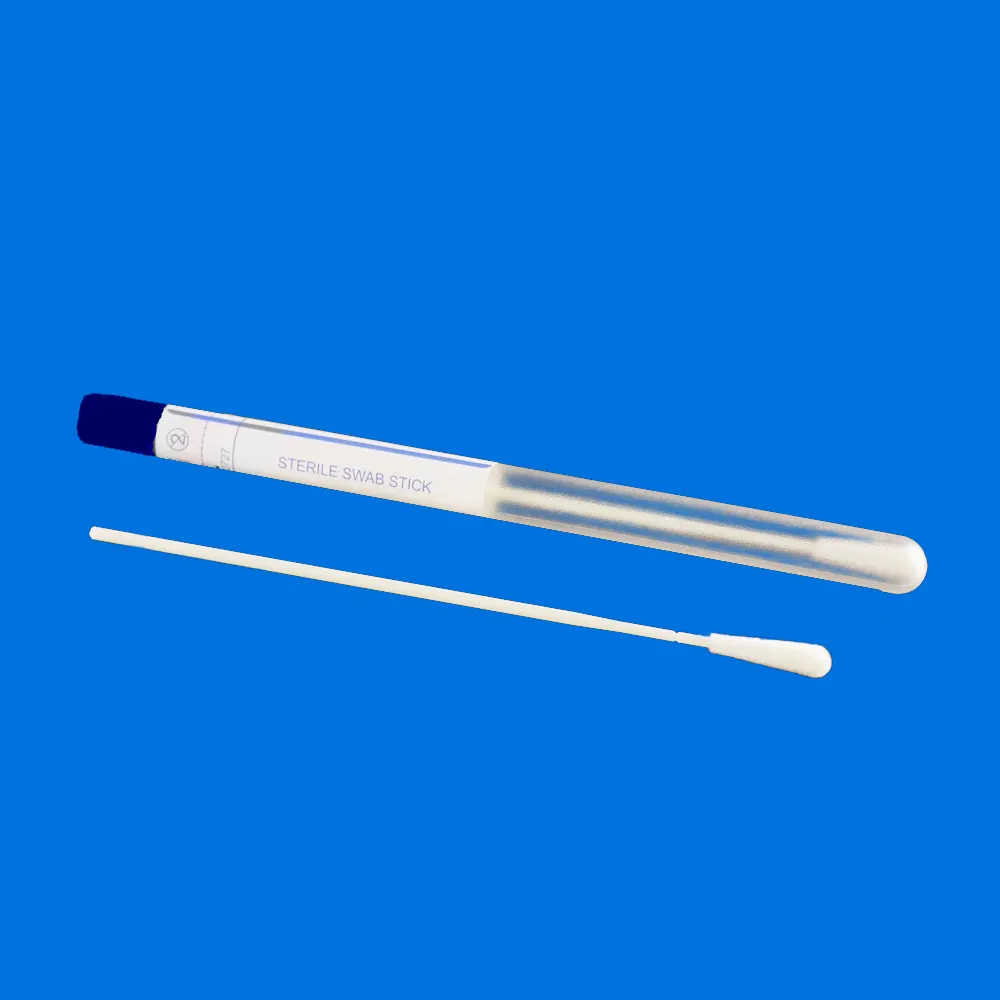Company Advantages1. Cleanmo sampling swabs is composed of various electric components. Every part of the product will be seriously considered, including the gears, pistons, engine, and other moving parts. All materials used in Cleanmo's cleanroom wipers are traceable
2. The product is used in the industry to carry enormously heavy items or production, which greatly relieves workers' fatigue. A wide range of Cleanmo's cleanroom wipers is available to meet different needs
3. The product has been carefully checked by both our own QC staff and the authoritative third parties. Cleanmo's cleaning kits are designed to keep the printers free of dust, dirt, lint and other debris
4. The product is of superior quality and requires less effort to maintain. Cleanmo's cleanroom and ESD consumables are ISO certified
Cleanmo's flocked swabs feature perpendicular nylon fibers that optimize specimen collection and elution into transport media. The swabs also feature a molded break point that allows you to safely and easily break off the swabstick, and several break point options are available for different tubes. Unlike traditional fiber swabs, which resemble a mattress or cushion, Cleanmo's flocked swabs have no internal absorbent core to disperse and entrap the specimen. The entire sample stays close to the surface for fast and complete elution. The perpendicular Nylon fibers serve as a soft brush and allow improved collection of cell samples. Capillary action between the fiber strands facilitates strong hydraulic uptake of liquid sample, and the sample stays close to the surface allowing easy elution.
What are Flocked Swabs?
Cleanmo's flocked swabs comprise of a solid molded plastic applicator shaft with a tip that can vary in size and shape. The tip of the applicator is coated with short Nylon fibers that are arranged in a perpendicular fashion. This perpendicular arrangement results from a process called flocking, where the fibers are sprayed onto the tip of the swab, while it is held in an electrostatic field. The process creates a highly absorbent thin layer with an open structure.
Traditionally, compact fibers such as cotton, polyester, and rayon have been used to create swab tips. The fibers are compressed and shaped into the desired tip type.
These fibers still have many useful applications today. But it's estimated that only 10%–15% of the organisms collected on traditional spun fiber swabs can be recovered from cultures. The nature of spun fiber means entrapment of the specimen.
With particularly small samples, this could mean losing virtually all usable specimen, prohibiting subsequent sample analysis. The construction and shape of the swab are also important as these affect the amount of specimens recovered.
The ideal collection device must have the ability to absorb and release the sample and maintain the viability. This brings us to flocked swabs
The swab must come in contact with the posterior
nasopharynx mucosa and be rotated several times over 5-10 seconds to collect sufficient cells.
Proprietary flock processing maximizes collection and elution.
Molded Break Point
The handle has molded break point to prevent contamination
Polypropylene Handle
No adhesive residue, or fiber treatments to interfere with collection
Frosted tail of swab handle
It helps to easily hold the handle
| Part NO. | head
material | head
width | head
thickness | head
length | handle
material | handle
width | handle
length | total length | packing |
CM-FS913 | Nylon fiber
| 2.6mm
| 3.0mm
| 20.0mm
| ABS | 2.5 mm
| 127.0mm
| 147.0mm
| 100 swabs / bag
5000 swabs / ctn |
❈ Packing
The package bag or box can be designed as your requirements
Company Features1. Our team is our most valuable asset. They have leading-edge expertise in a range of technologies, which provides the company with the credibility to design and manufacture products.
2. Our company has achieved sustainable growth. We've diverted our production and post-consumer waste alternatives out of waste and landfill valorization from incineration to valuable uses like recycling and upcycling.



























